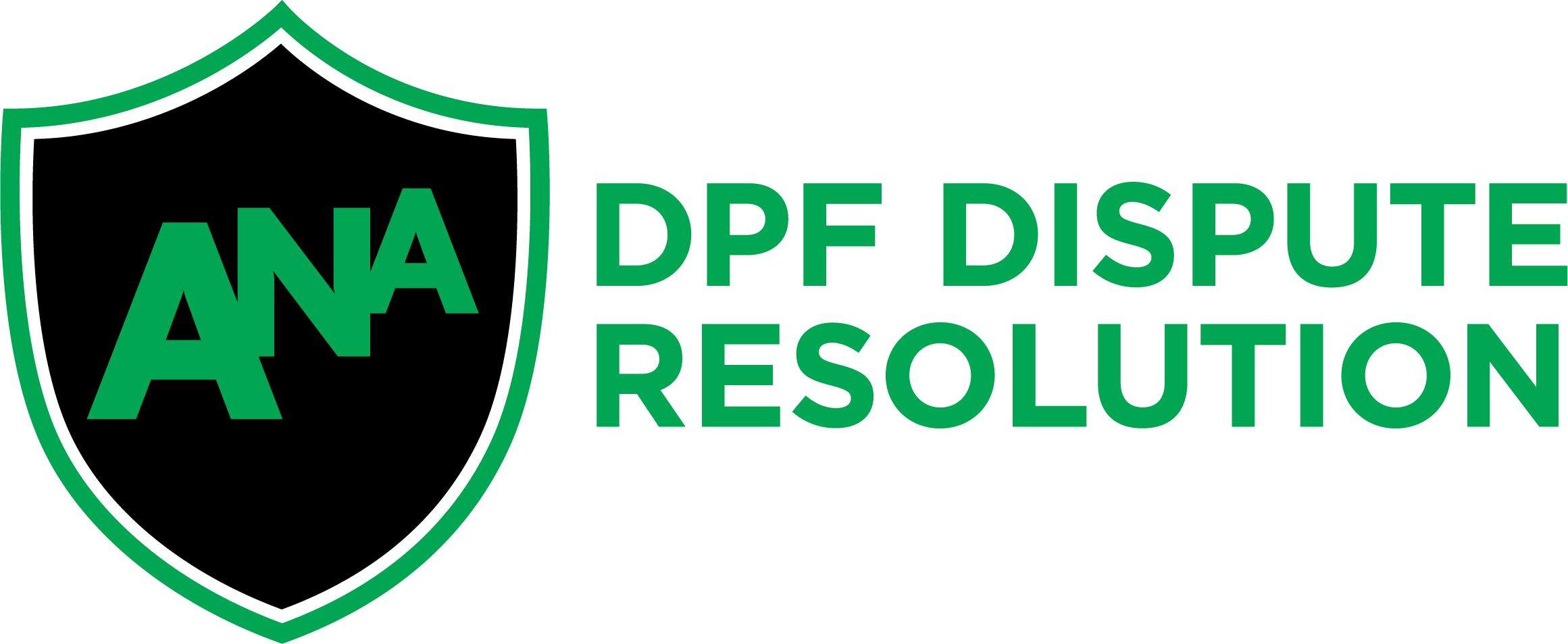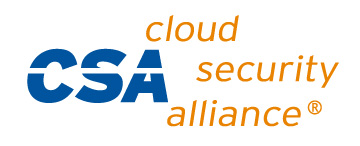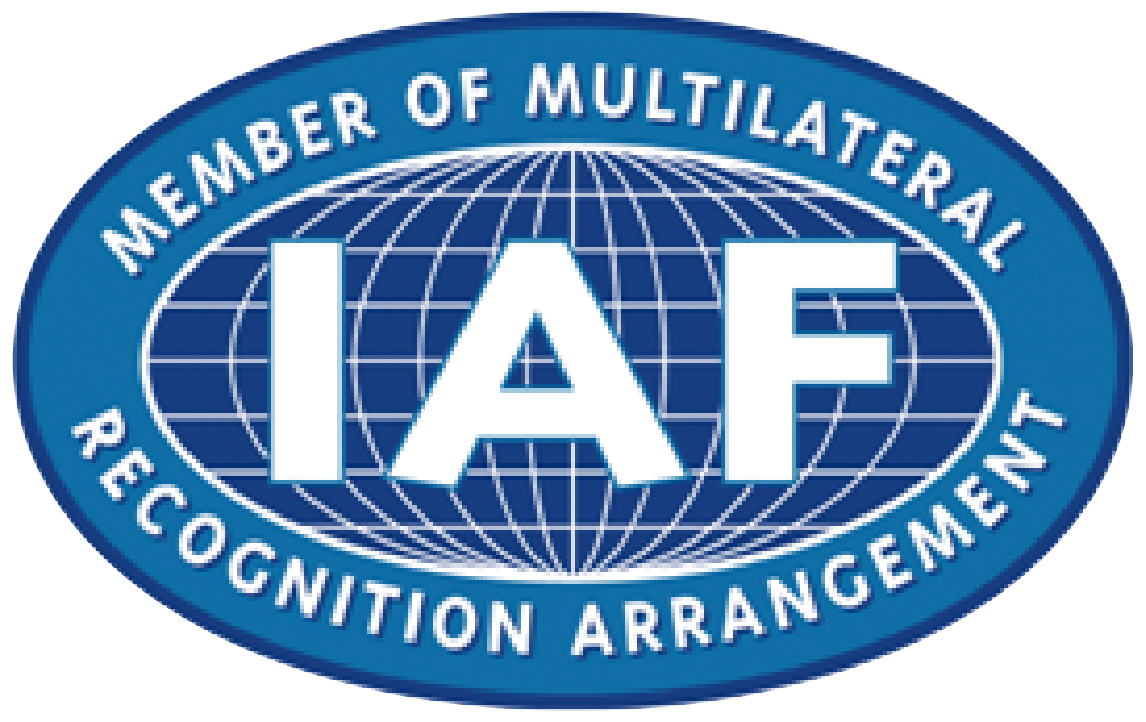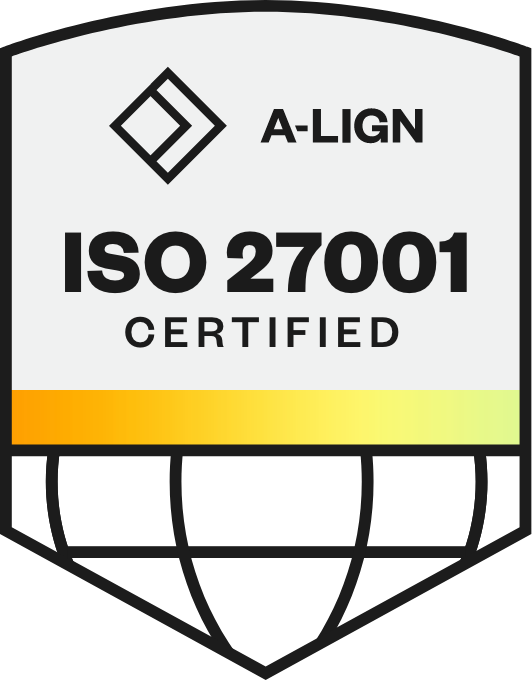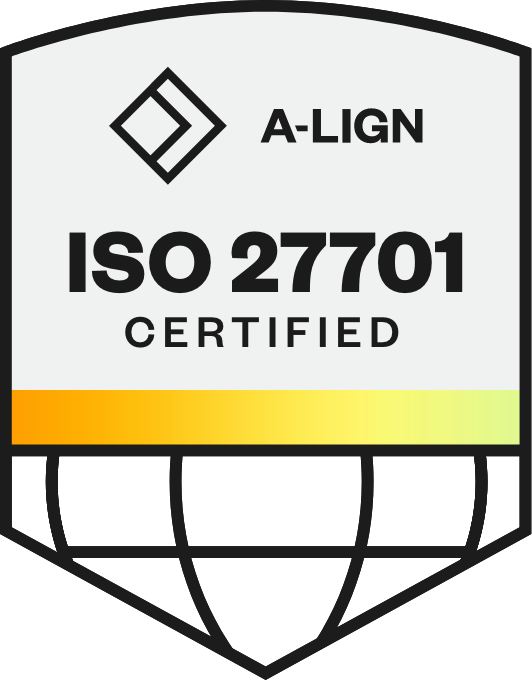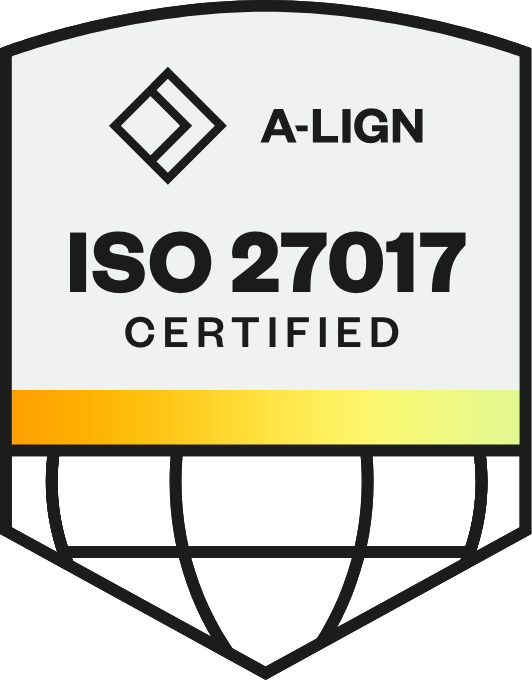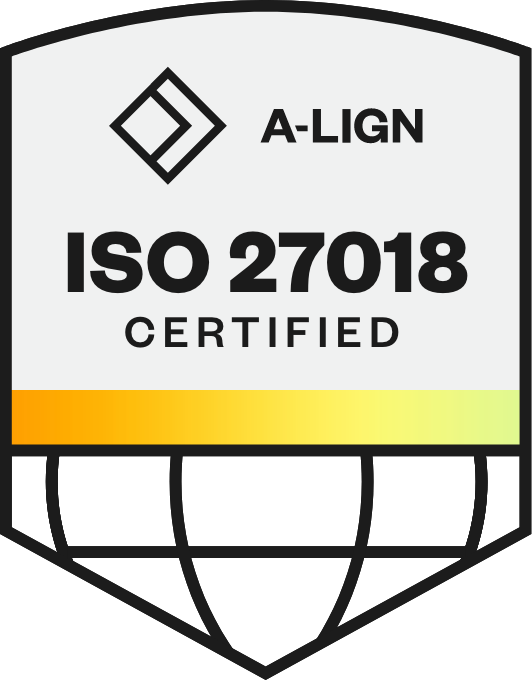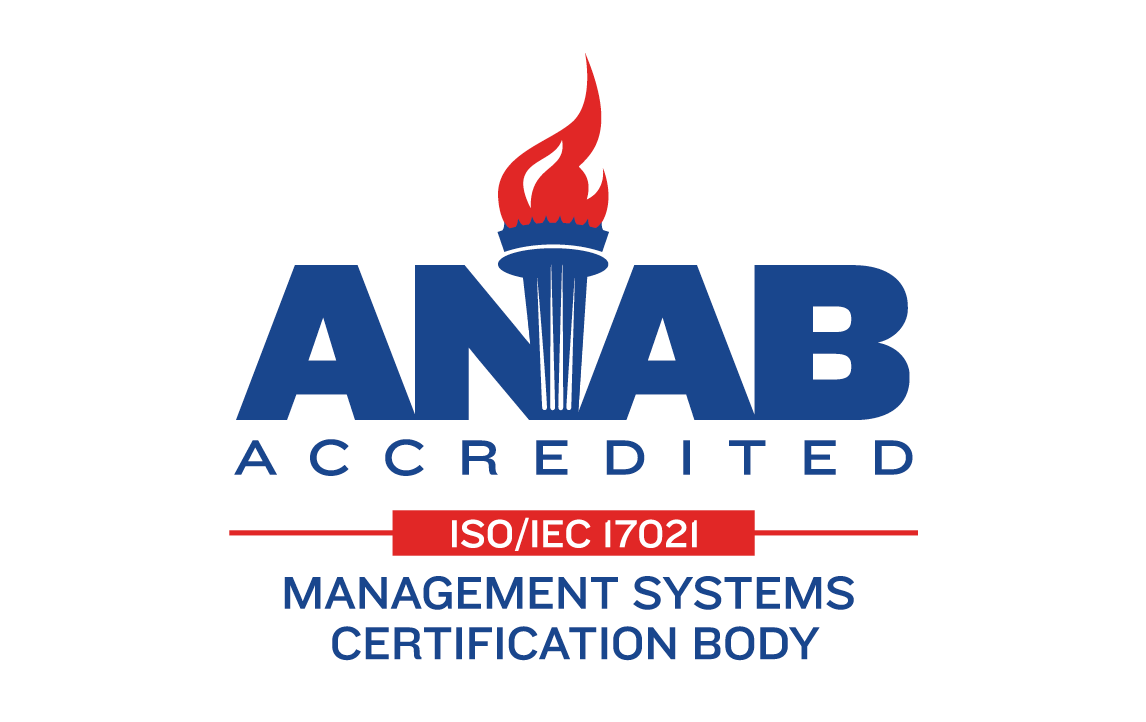The Phenom Blog
Articles to help you hire faster, develop better, and retain longer.

FEATURED READ
AI in Action: How 5 Major Organizations Are Transforming Recruitment and Talent Management

Jenn ThomasNovember 1, 2024
Trending
All Blog Articles
Loading...
Get the latest talent experience insights delivered to your inbox.
Sign up to the Phenom email list for weekly updates!
Loading...
